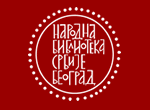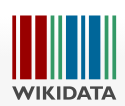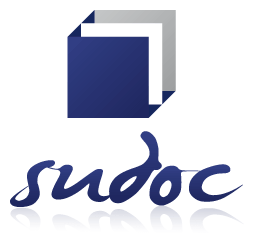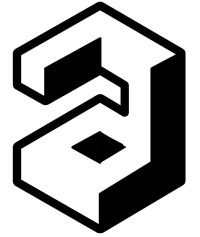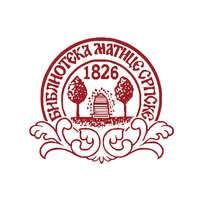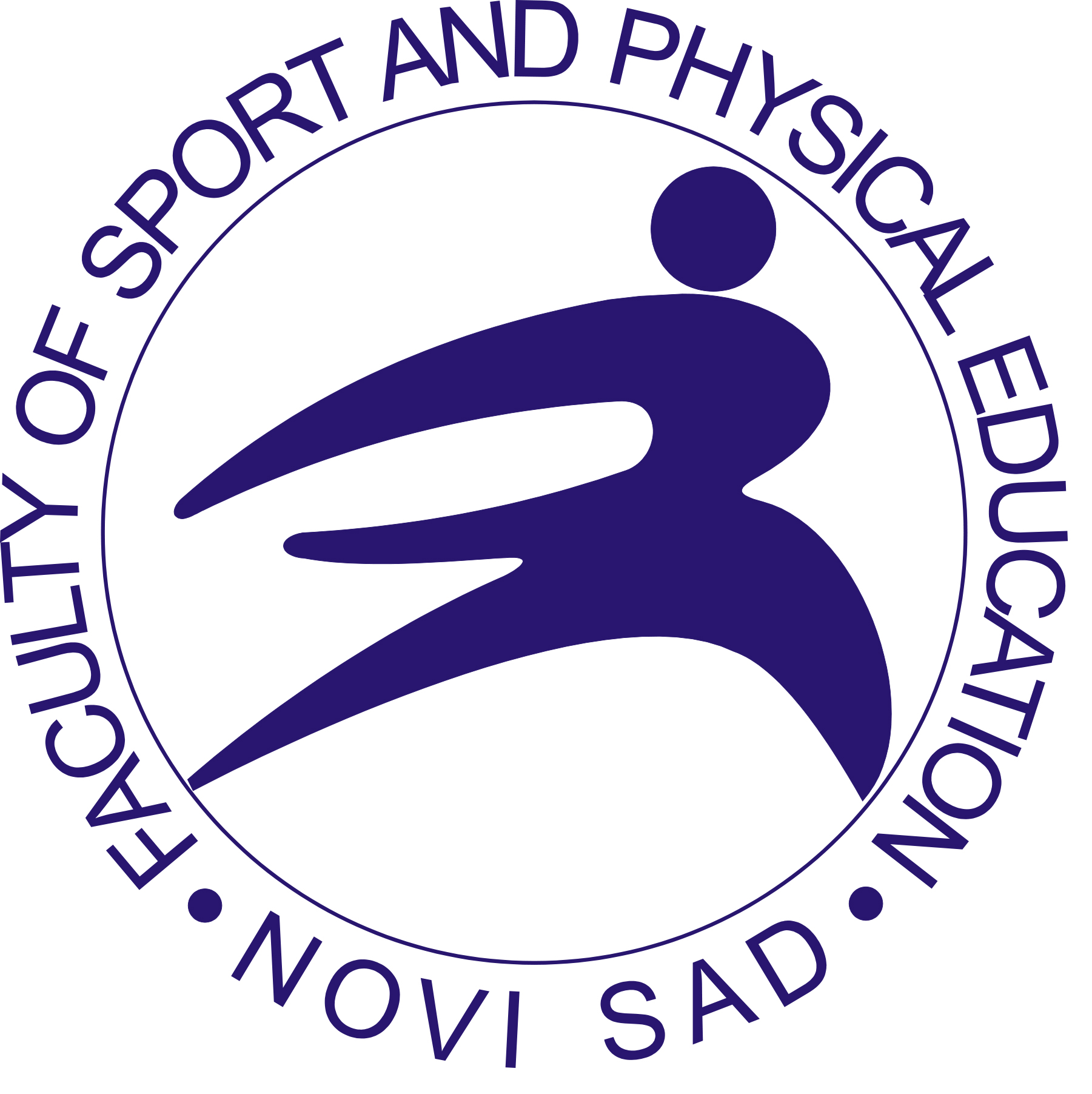Vol 6, No 1 (2014)
Published: 01.06.2014.
Authors in this issue:
Bojana Krstonošić, Branka Protić - Gava, Dragana Smiljenić, Dušica Marić, Milan Kojić, Mirela Erić, Nikola Jevtić, Snežana Tomašević-Todorović,
Edited by:
Danilo Radanović
Author guidelines
Editorial Policy
33
Issues201
ArticlesBECOME A REVIEWER
We invite you to become an Exercise and Quality of Life reviewer.
BECOME GUEST EDITOR
Exercise and Quality of Life runs special issues to create collections of papers on specific topics.
Archive
See all
Volume 17, Issue 1, 2025
Volume 16, Issue 3, 2024
Volume 16, Issue 2, 2024
Volume 16, Issue 1, 2024
01.06.2014.
Original scientific paper
THE IMPORTANCE OF POSTURAL STATUS FOR THE HEALTH OF CHILDREN AND YOUTH
Postural disorders occur not just among school children but also among preschoolers, the
fact which coincides with critical periods of growth and development that are characteristic for
the occurrence of the mentioned disorders. They can be located on all the segments along the spinal column, torso and lower limbs. Good body posture is of great importance for healthy growing
of the youngest while poor postural status harmfully influences locomotor system, circulation, as
well as respiratory and digestive system. Inadequate position while sitting, standing and walking
(as the result of muscular disbalance) causes pain in cervical, thoracic and lumbar part of the spinal column, which later influences the overall quality of life. Surveys and numerous researches of
the locomotor system are all aimed at finding the most adequate system of preventive and corrective activities with an emphasis on timely diagnostic of changes.
Branka Protić - Gava
01.06.2014.
Original scientific paper
Physiotherapy aspect of diagnosis and treatment of postural disorders
Postural disorders are common among preschool and school-age children. In regard to gender and age distribution, children are characterized by different indicators of body posture. Posture
for different professionals has different importance, and from a standpoint of one physiatrist it represents a measure of the efficiency of muscular balance and neuromuscular coordination. Bad posture represents a functional deviation from normal posture status without structural changes to the
spine or lower extremities. Evaluation and treatment of postural disorders requires knowledge of
basic principles related to the conduct of individual body segments, joints and muscles. The combined physical training programmes that include strength and muscle stretching exercises, particularly with regard to the postural antigravity muscles, should help in the prevention of health problems that could occur later in life. Future research on the impact of early school-based back posture promotion in relation to the integration of back posture principles according to biomechanical
favourable lifestyle and back pain prevalence later in life is essential.
Snežana Tomašević-Todorović
01.06.2014.
Original scientific paper
DIFFERENCES IN INDICATORS OF POSTURAL STATUS BETWEEN BOYS AND GIRLS FROM SREM
Improper seating, various forms of activities as well as certain endogenous and exogenous
factors negatively affecting on postural status and does not lead to any body improvements. A
healthy and good posture is the basic form for properly constructed mechanics and the assumption
of good statics and dynamics of whole body. Postural status was evaluated on the sample of 833
children, aged 4-13, from the population of Preschool institution and Elementary School in Municipality of Ruma, Stara Pazova, Sremska Mitrovica and Indjija. Two anthropometric measures and
CONTEMPLAS 3D system for evaluation postural status were applied. Parameters of postural status and trend were analysed wit basic descriptive statistics ANOVA and MANOVA. Result show
that almost 30% of all children have bad posture and there is a high number of those with weaker
body segments. Boys have better posture status than girls especially in legs deformity.
Milan Kojić
01.06.2014.
Original scientific paper
SCOLIOSIS AND TREATING SCOLIOSIS WITH SCHROTH METHOD
Idiopathic scoliosis is a deformity of the spinal column and is found among healthy children. Etiology of idiopathic scoliosis is unknown. Spinal shift occurs in all three planes followed
by muscle disfunction and reduced vital capacity of the lungs. Asymmetric loading on the spine
can be listed as one of the factors of rapid progression of scoliosis, whereby large pressure is put on
the concave side of the scoliotic curvature due to the shift of standing balance of the body. Rehabilitation is based upon improvement of functionality, ability and capacity of the patient with scoliosis. The initial stage of rehabilitation rests on correct diagnosis and estimation of patient’s condition in order to commence the treatment in the best possible manner. The Schroth method has a
long-standing tradition and is primarily applied in correction of scoliosis. It is based on three-dimensional breathing, proper pelvic correction and specific exercises and education of patients in
order to continue the treatment at home.
Nikola Jevtić
01.06.2014.
Original scientific paper
FASCIA – THE FORGOTTEN TISSUE
Fascia is an important component of connective tissue that surrounds bones, muscles, blood
vessels, nerve and organs of the body. The fibrous fascia creates a web that wraps around structures of the body, providing a continuum that unites the entire human body from head to toe without interruption. The term myofascial refers to the unit comprised of muscle and connective tissue. A myofascial meridian can be defined as a linear series of muscles units interconnected within the fascial webbing of the body. A myofascial meridian transfers tension sequentially from one
myofascial unit of the meridian to the next. Understanding the role of fascia in postural distortion
is of vital importance to movement therapists. Poor posture deforms the fascia and stress the muscles, resulting in pain and weakness. Correction is possible, but both muscles and fascia need to
be taken into account.
Dušica Marić, Mirela Erić, Bojana Krstonošić, Dragana Smiljenić














